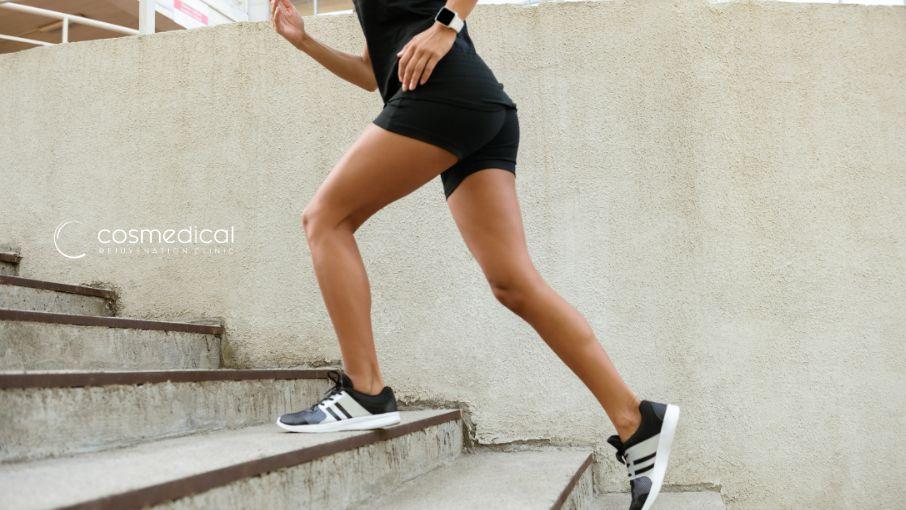
How Long After Stitches Removed Can I Exercise?
If you've recently had stitches removed after your cosmetic surgery, you might be eager to return to your regular exercise routine. However, allowing your body adequate time to heal properly is crucial before engaging in strenuous physical activities. The amount of time you should wait before exercising depends on factors such as the location and size of the wound, the type of stitches used, and your overall health.
Generally, you may engage in light exercise right after surgery. This means gentle walking, being careful not to apply any tension on the incision line. According to a study published in the Journal of Physiotherapy, gentle exercise can help promote blood circulation and decrease the risk of complications as you heal.
For more strenuous exercises or activities that put pressure on the wound area, it's best to wait longer. Your doctor may advise waiting 1 to 2 weeks before resuming moderate exercises and up to 4 to 6 weeks for high-impact activities like running or contact sports. This extended waiting period ensures the wound has healed internally and the scar tissue has strengthened sufficiently. The British Journal of Sports Medicine found that patients who waited at least two weeks before returning to vigorous exercise had a lower risk of wound complications than those who resumed activities earlier.
It's of utmost importance to adhere to your doctor's instructions, as they can provide personalized advice based on your condition. If you experience pain, swelling, redness, or discharge from the wound site during or after exercise, it's crucial to halt the activity and consult your doctor promptly. These symptoms could indicate an infection, which occurs in approximately 2-5% of patients after stitches removal, according to a study in the Journal of the American Academy of Dermatology.
The type of stitches used can also influence healing time and when you can resume exercise. Dissolvable stitches, which are absorbed by the body over time, may allow for a quicker return to physical activity than non-dissolvable stitches requiring removal. The Journal of Cutaneous and Aesthetic Surgery found that patients with dissolvable stitches reported less pain and faster healing times than those with non-dissolvable stitches.
It's advised to gradually increase the intensity and duration of your workouts, and pay close attention to your body's signals. If you have any doubts or concerns, it's best to consult your doctor before resuming your exercise routine to ensure a safe and successful recovery.
In addition to waiting the appropriate amount of time before exercising, it's important to protect the wound site during physical activities. Covering the area with a sterile dressing or bandage can help prevent friction and reduce the risk of infection. A study in the International Journal of Sports Physical Therapy recommends using a waterproof bandage when swimming or engaging in water-based exercises to keep the wound dry and clean.
Lastly, maintaining a healthy lifestyle significantly supports the healing process and facilitates a quicker return to exercise. Following a balanced diet, staying adequately hydrated, and ensuring sufficient sleep can all contribute to optimal wound healing. The Journal of Wound Care found that patients who maintained a nutrient-rich diet and good hydration had faster healing times and lower complications rates than those with poor nutrition and hydration.
The length of time you should wait before exercising after stitches removal depends on various factors. Following your doctor's advice and listening to your body's signals are crucial to ensure a safe and successful return to physical activity. By allowing adequate time for healing, protecting the wound site, and maintaining a healthy lifestyle, you can minimize the risks and get back to your regular exercise routine as soon as possible.